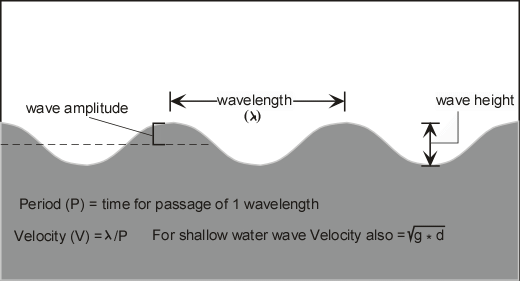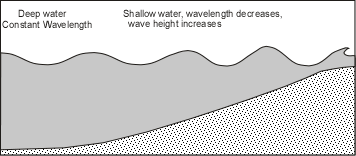zombie is a creature that appears in books and popular culture typically as a reanimated dead or a mindless human being. They are among the lower forms of the undead, and often appear in large numbers. No one is certain about the origins of these pathetic and horrible things.
Stories of zombies originated in the Afro-Caribbean spiritual belief system of Vodoo, which told of the people being controlled as laborers by a powerful wizard.
Zombies became a popular device in modern horror fiction, largely because of the success of George A. Romero's 1968 film Night of the Living Dead. Today, the modern zombie serves as a generic term that encompass a large variety of different undead-or-not creatures.
You want to know more about the origin of zombies, the possible causes and how to stay alive in case of a Zombie Apocalypse?
Definition of zombies
Zombies have been confused with many other monstrous creatures. Monstrous will try to make a clear distinction between the different entities that proceed from death.
To study the zombie as a creature, it is important to understand exactly what a zombie is. First, we need to differentiate between two common terms used for zombies, Undead and Zombie.
Undead is a collective name for fictional, mythological, or legendary beings that are deceased yet behave as if alive. Undead may be incorporeal, such as ghosts, or corporeal, such as vampires and zombies. Undead are featured in the legends of most cultures and in many works of fantasy and horror fiction. A zombie is a dead person that is brought back to life through a curse (voodoo, necromancy) or a mutation and has recovered some vital functions like movement.
They are speechless, near-mindless, possessing little reasoning power, though many can perform automatic movement and "remembered behaviors" from their mortal existence.
Zombies are omnipresent in the folklore of Haiti, where they are created by voodoo, an African type of black witchcraft. More recently, zombies films have exposed new theories according to which man-made virus or genetic experiments are held responsible for the creation of zombies. Such films put a strong emphasis on flesh and blood: rotting bodies and their attendant maggots, as well as the still-warm gore resulting from savage, often cannibalistic attacks upon the living.
Types of zombies
To study the zombie as a creature, it is important to understand exactly what a zombie is. First, we need to differentiate between two common terms used for zombies, Undead and Zombie.
Undead is a collective name for fictional, mythological, or legendary beings that are deceased yet behave as if alive. Undead may be incorporeal, such as ghosts, or corporeal, such as vampires and zombies. Undead are featured in the legends of most cultures and in many works of fantasy and horror fiction. A zombie is a dead person that is brought back to life through a curse (voodoo, necromancy) or a mutation and has recovered some vital functions like movement.
They are speechless, near-mindless, possessing little reasoning power, though many can perform automatic movement and "remembered behaviors" from their mortal existence.
Zombies are omnipresent in the folklore of Haiti, where they are created by voodoo, an African type of black witchcraft. More recently, zombies films have exposed new theories according to which man-made virus or genetic experiments are held responsible for the creation of zombies. Such films put a strong emphasis on flesh and blood: rotting bodies and their attendant maggots, as well as the still-warm gore resulting from savage, often cannibalistic attacks upon the living.
Types of zombies
The first approach of a zombie taxonomy that aims to classify zombie types is by studying the possible origins of zombies.
Two kinds of zombies exists in modern popular culture: one created by voodoo resulting in a spell-bound near dead state, and cannibal creatures created by scientific experimentation of strange chemicals on living humans (as popularized by a series of films on the "living dead" theme).
Zombies can also be classified according to their physical and mental characteristics. There are the slow zombies and the new breed of fast zombies found in 28 days later or Zombieland. Purists will argue that the latter are not technically zombies but infected living humans.
Two kinds of zombies exists in modern popular culture: one created by voodoo resulting in a spell-bound near dead state, and cannibal creatures created by scientific experimentation of strange chemicals on living humans (as popularized by a series of films on the "living dead" theme).
Zombies can also be classified according to their physical and mental characteristics. There are the slow zombies and the new breed of fast zombies found in 28 days later or Zombieland. Purists will argue that the latter are not technically zombies but infected living humans.


 To be effective, Aikido takes longer to learn than most other martial arts. Aikido can be practiced to a late age because this martial art does not rely on flexibility, muscle speed, or strength. Thus it has become especially popular with women and senior citizens.
To be effective, Aikido takes longer to learn than most other martial arts. Aikido can be practiced to a late age because this martial art does not rely on flexibility, muscle speed, or strength. Thus it has become especially popular with women and senior citizens. During this time Ji Han Jae met Bruce Lee, who was very impressed with the techniques of Hapkido. Ji Han Jae coached Bruce Lee, who then went on and incorporated certain aspects of Hapkido into the development of his own emerging style,
During this time Ji Han Jae met Bruce Lee, who was very impressed with the techniques of Hapkido. Ji Han Jae coached Bruce Lee, who then went on and incorporated certain aspects of Hapkido into the development of his own emerging style, 
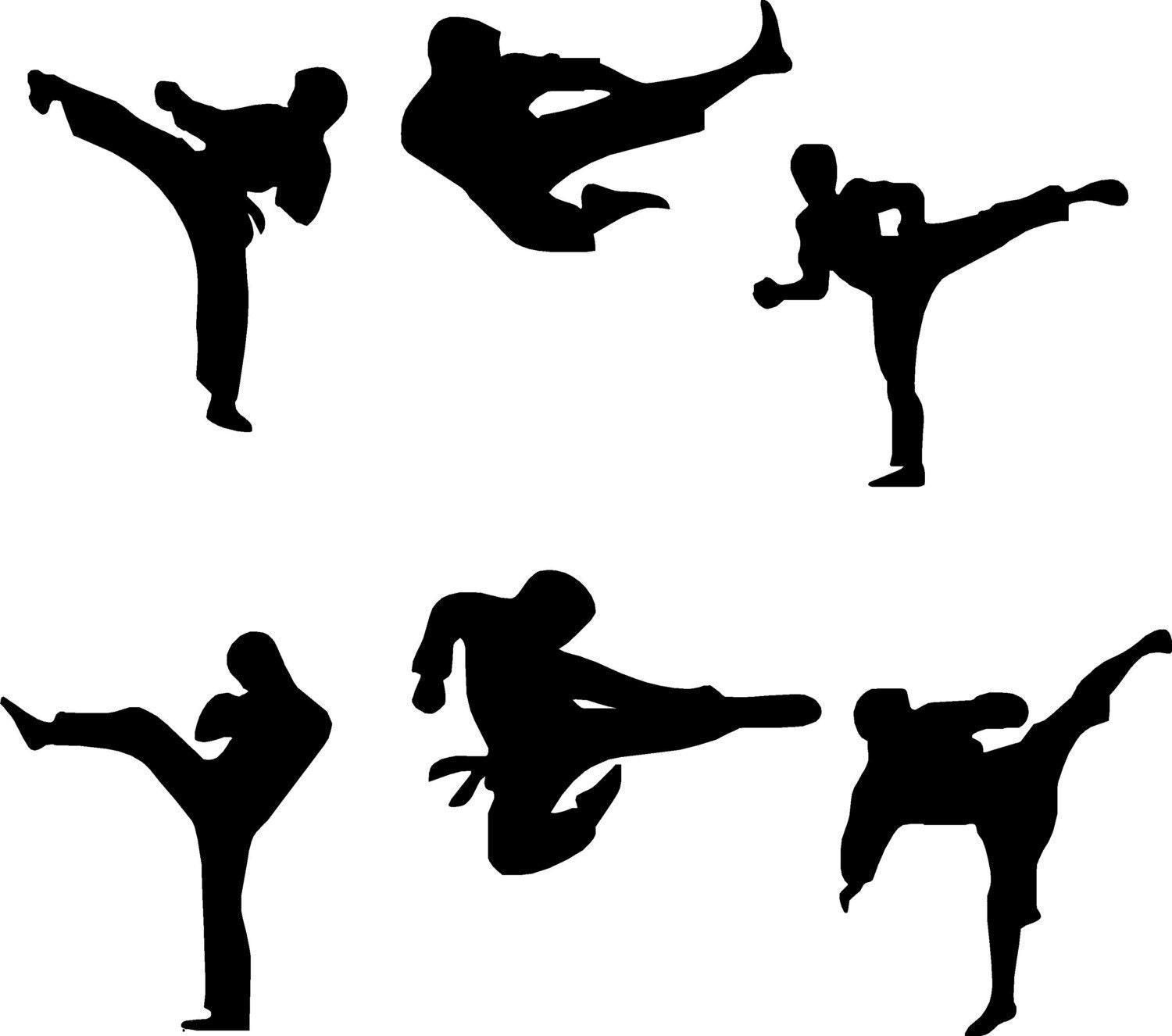
 Shaolin Martial Arts
Shaolin Martial Arts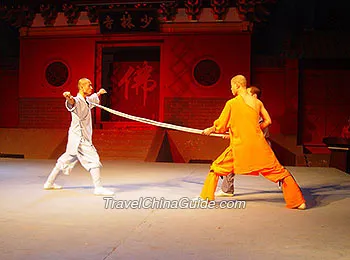
 See
See 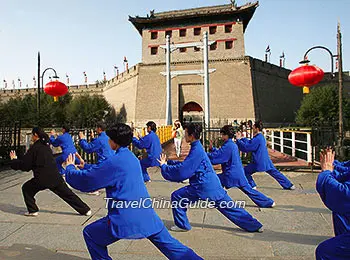
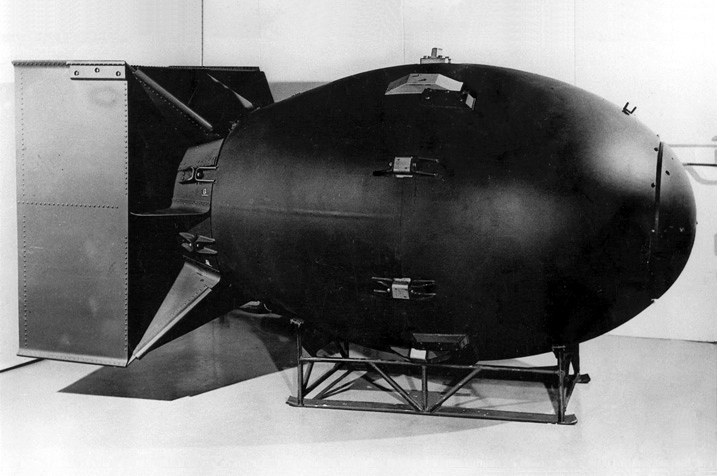



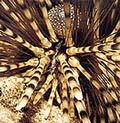 The sea is overflowing with marine life. The main attraction for divers is the rich and unique variety of corals both soft and hard. Reef fish of every shape and hue can be found in these waters. Colorful butterfly fishes, angel fishes, damsel fishes of electric blue and bright orange colors inhabit the coral reefs, thus adding to the splendor of the underwater havens.
The sea is overflowing with marine life. The main attraction for divers is the rich and unique variety of corals both soft and hard. Reef fish of every shape and hue can be found in these waters. Colorful butterfly fishes, angel fishes, damsel fishes of electric blue and bright orange colors inhabit the coral reefs, thus adding to the splendor of the underwater havens.